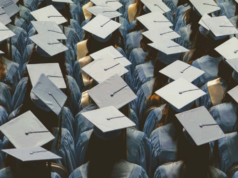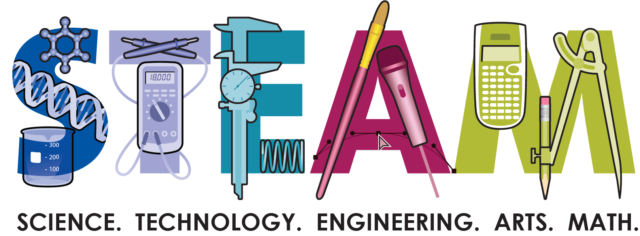
As education tries to look for the best ways to ensure that students gain all the required skills before they complete school, STEAM has provided the best solution to the problems faced earlier. This education approach integrates all the required components to make the students successful innovators in the 21 century and beyond. This approach makes sure that students are well engaged in the subjects of Science, Technology, Engineering, Arts and Math. In the past, artistic skills were missing and this is one of the major goals they have been added.
The major goal of this approach is to provoke the interest and make young learners love sciences and arts from an early age. It also aims at helping secondary school students be able to succeed in their higher levels of education. STEAM has received a positive response from all stakeholders in education including teachers, students, parents, institutions, corporations and administrators. This high-level response is what has made them successful so far. Check here to know What is STEAM?
Impact of STEAM to teachers

On the part of the teachers, STEAM helps the teacher be able to make use of project-based learning going across all the subjects involved. The approach also makes them provide a more inclusive learning environment that makes it possible for all the students to get fully engaged and contribute to the learning process. Teachers are also able to learn the great skills and knowledge that the different students have made it possible for them to realize their full potential.
Effects of STEAM to students
Students usually have different interests in their lives. There has been a trend in which you find that students either love art subjects and hate science subjects and vice versa. Since steam began to be used as an approach in the education sector, this gap has been bridged to a great extent. The incorporation of the arts in the sciences has made more students who would previously not appreciate the sciences to do so. The number of female students undertaking sciences has also increased with the introduction of this approach in the education system. Students are able to learn more and apply what is learned in the classroom in real work because the system helps them develop more critical thinking skills.
Impact of STEAM to the World
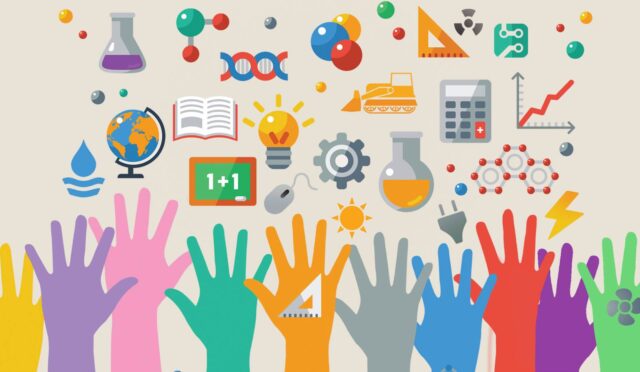
The major role of education is to produce people who can solve the problem faced in the real world. STEAM has contributed to the production of educationists who can resolve major problems in the sciences and arts amicably. This has solved the problem that existed whereby it was viewed that most of the scientists who graduated from schools did not have the ability to respond to the needs of the changing world. With this approach, it has become easy for novel problems facing the world to be resolved. Looking at the ways that most scientific and other problems are handled in modern times, it is evident that STEAM has had a great impact in the entire world.
STEAM Process
To create a STEAM centered classroom, there are six steps involved regardless of the area of teaching. In each of these steps, you work through the arts standards and content to deal with critical problems or the most essential questions. The great thing about it is that it is easy to use as you plan for lessons. Here are the steps involved.
Focus
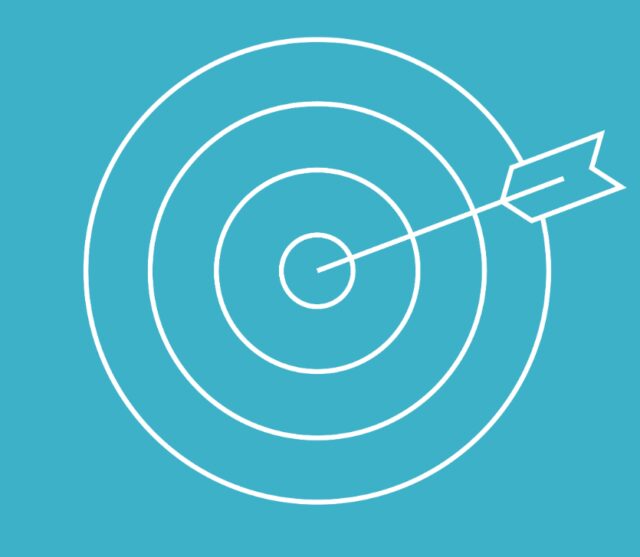
The first step involves choosing a critical problem to resolve or question to answer. It is vital to have a clear focus on how the problem or question related to the STEAM and the content areas selected.
Detail
This phase involves checking for the elements leading to the question or problem at hand, as you look for the correlation to other areas or why there is the problem. In this step, you will start to know a lot of information, processes and skills that student has to tackle the question.
Discovery

Discovery involves intentional teaching and active research. The phase involves students researching solutions and what is not working depending on the solutions that are already in place. As a teacher, you make use of this step to do an analysis of the gaps the students have in a certain process or skill. You should teach these processes or skills explicitly.
Application
This is the step where there is a lot of fun. After students get deeper into a question or problem, analyzed all the existing solutions and what is required to address them, they start developing own composition or solution to the problem. In this stage, they make use of the skills, knowledge and processes taught in the discovery phase and put them into practice.
Presentation

Once the student has developed their composition or solution, now it is time to share it. It is critical that the work is presented in order to give feedback and a way to express depending on the perspective the students have regarding the problem or question at hand. This is also a great chance to give feedback and assist the students in the best ways to receive and give feedback.
Link
This is the stage that closes the loop. It gives the students an opportunity to reflect on the feedback provided and their own skills and processes. Based on the reflection, students can now revise all their work as required and provide better solutions.
How to improve the outcomes of STEAM Education
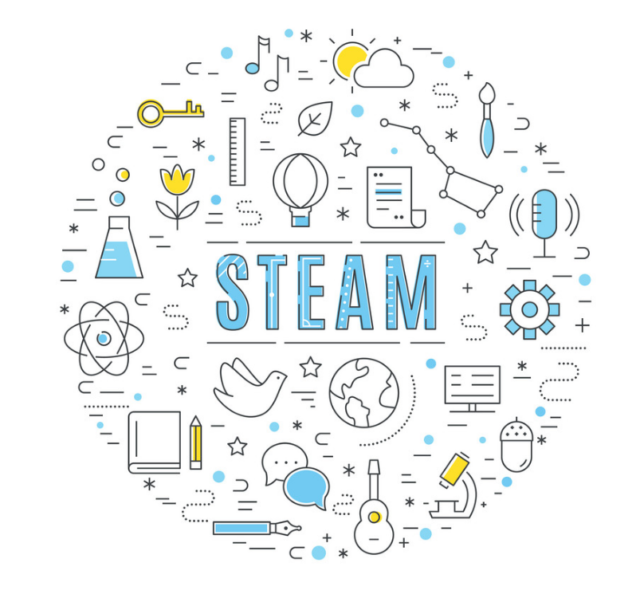
To gain all the desired outcomes in STEAM education, there is a need to apply a multifaceted approach. This is something that can be attained by the application of a multi-agency approach that motivates the faculty to incorporate evidence-based techniques that suit their course objectives and teaching methodologies.
Great improvements can also be done by creating faculty development programs that are geared towards helping the instructors refine the way they implement and do an evaluation of evidence-based learning in the classrooms. These are programs that would go a long way in providing more opportunities for collaboration and discussion with their colleagues.
The desired outcomes of STEAM education can also be attained by the application of a collaborative teaching culture throughout the educational institutions. This would help sustain the development, implementation and evaluating innovative evidence-based teaching. Studies have shown that active learning in school can go a long way in enhancing student engagement, increase more conceptual understanding and improve long term retention of the knowledge gained in the learning process. All these go a long way in increasing student persistence and success in all the STEAM disciplines.





